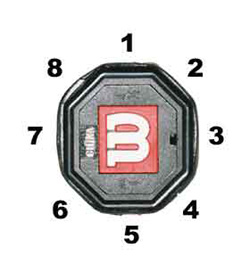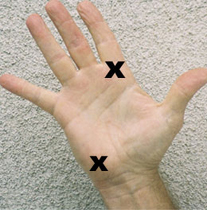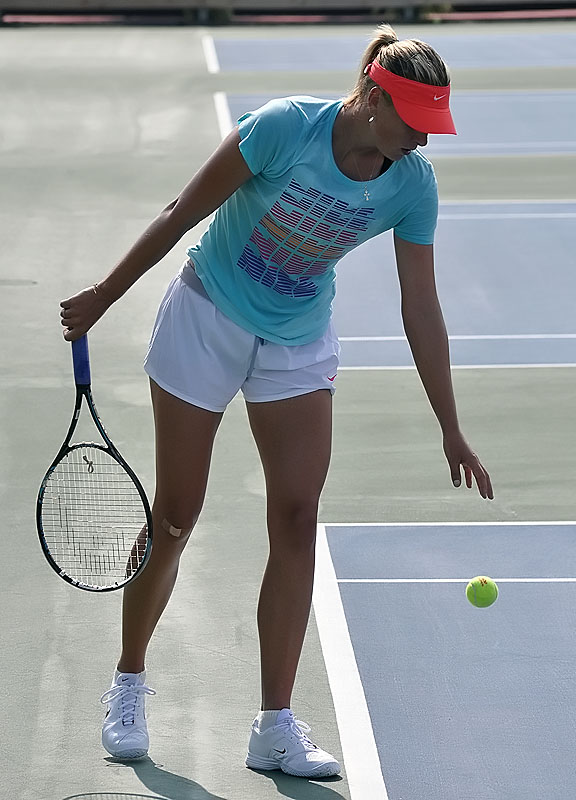There are pics of Sampras with the bottom two fingers not in contact with the handle, as this helps promote a loose relaxed grip...
But what would be the advantage of not having the the index knuckle in contact with the handle?
These grip issues are for the internal shoulder rotation serve that is used by high level servers.
There have been ways used to specify the grip that have lead to misunderstanding and serve limitations. History as I've seen it:
1) Place the index knuckle on bevel number X and 'shake hands' or 'grip naturally'.
2) Next, a second reference point, the fat pad on the heel of the hand, was added. But then both points were placed on the
same bevel of the racket. Both on bevel #2, or both on bevel #1, etc..
Now this new method, that I had not considered until I saw this thread, is an important improvement.
3) This thread discusses placing two specific reference points of the hand on specific bevels (not just the same bevel).
Is this the perfect way to describe grips?
I don't know what grips might be used in the future but I have wasted some years learning both the concepts of 1) and 2) above, misguided and limiting. I think 3) is a big improvement. But maybe some high level servers are now not placing their hand-heel fat pads on the handle, Sampras? If the index knuckle does not contact the racket, I guess that is possible ?, but I don't know if the racket can be gripped in any useful way without the index knuckle touching the handle. ?
In addition, in the future the service stroke itself will change and might make some new grip better.
I think the use of grip descriptions is to get close to a grip that works and then practice and tweek the grip for final adjustment.
Placing the fat pad to the side by 1/2 bevel matters, as you can see by experimenting as described earlier. So if you don't use at least 3) and have an ISR serve you might limit your serve.
Judge for yourself as to the usage of 1), 2), or 3).
https://www.google.com/search?q=ten...OhIsyuggTi8YPIAQ&ved=0CB8QsAQ&biw=924&bih=571







